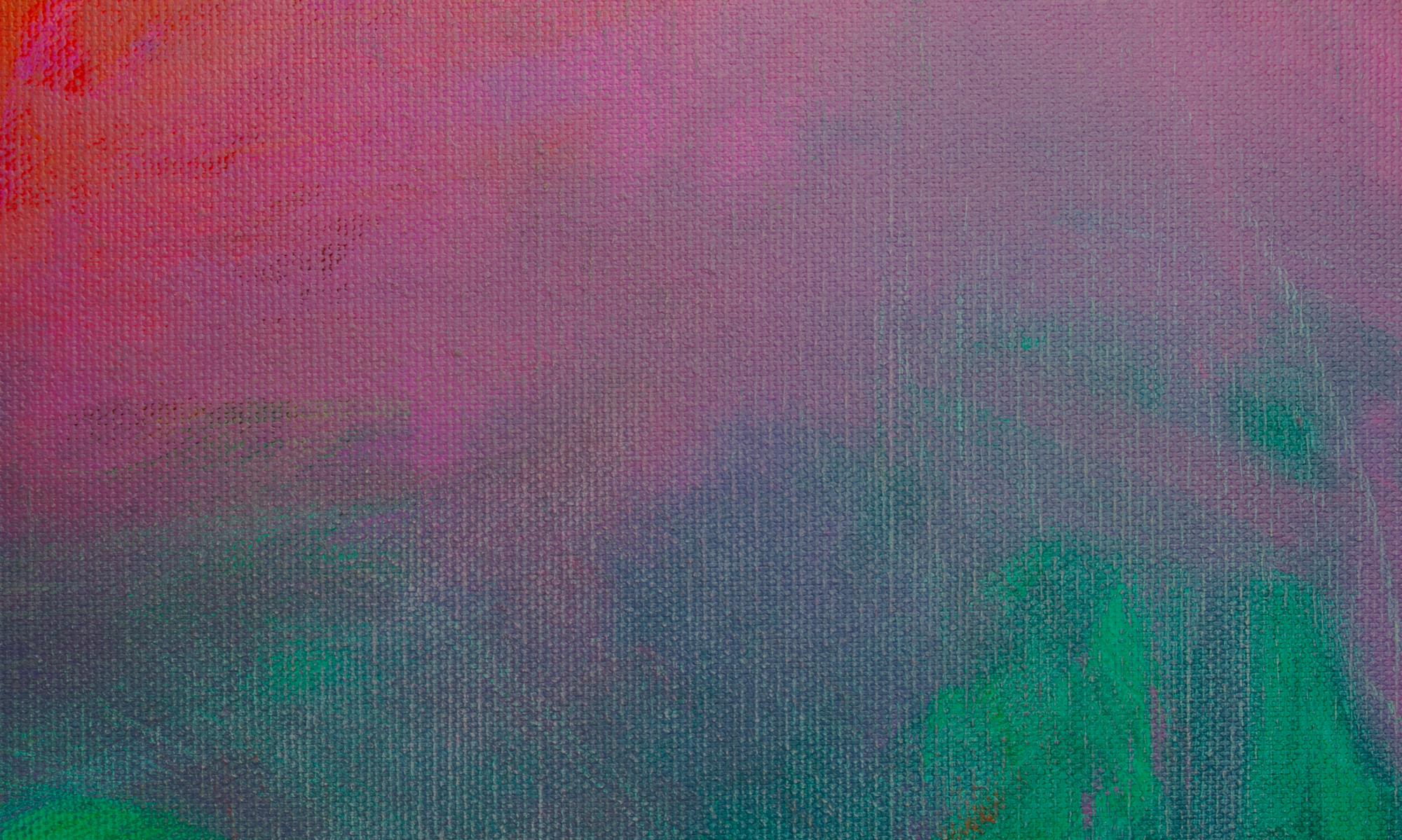Post-colonialism is now a required course for most cultural studies programs. History is no longer taught solely from the perspective of the winners. But museums have been slow to adapt. While ancient Greek and Roman objects are clearly treated as art, many museums have been reticent to view Native American expressions of creativity as artwork rather than anthropological artifacts. Native American art have often been side-lined into special collections and museums, or even housed in Natural History Museums. In many places, the cultural heritage of Native Americans has institutionally been denied the label “art”.
Until now, The Metropolitan Museum of Art in New York has operated under a similar discriminatory curatorial principle. Visitors looking to see Native American art have been disappointed to find it excluded from the museum’s American Wing, which is its rightful geographical context. Instead, one would find it lumped together with other indigenous art from Africa and Oceania. Last week the museum announced that this is about to change. For the first time in its 147-year history, Native American art will share space with recognized American masterpieces by, for instance, John Singer Sargent. The integration was made possible – both materially and conceptually – by a donation from the art collecting couple Charles and Valerie Diker who says “ We always felt that what we were collecting was American art. And we always felt very strongly that it should be shown in that context.”
The collection consists of 91 promised artworks from the Dikers. They will debut at the Met in an exhibition set to open 2018. According to Carrie Rebora Barratt, deputy director for collections and administration, the donation and exhibition “marks a turning point in the narratives presented within the American Wing.”
